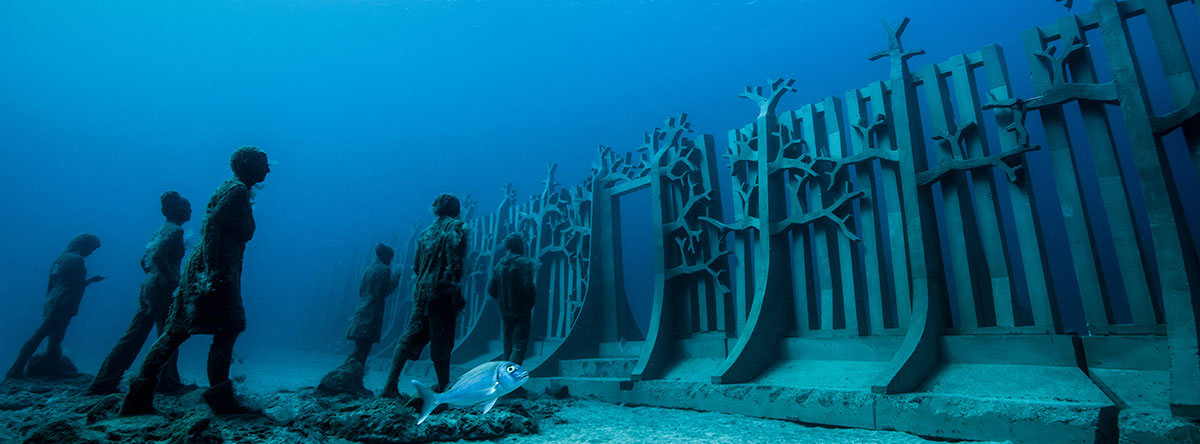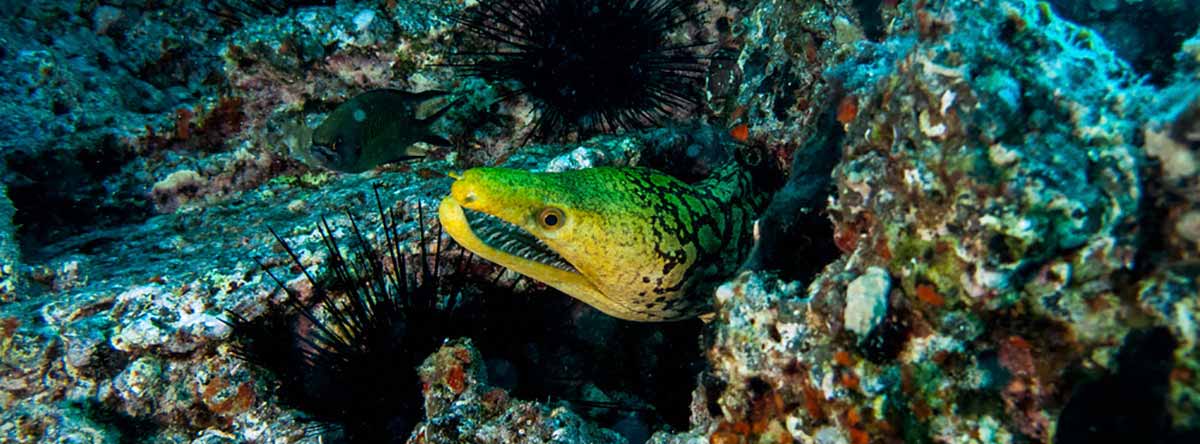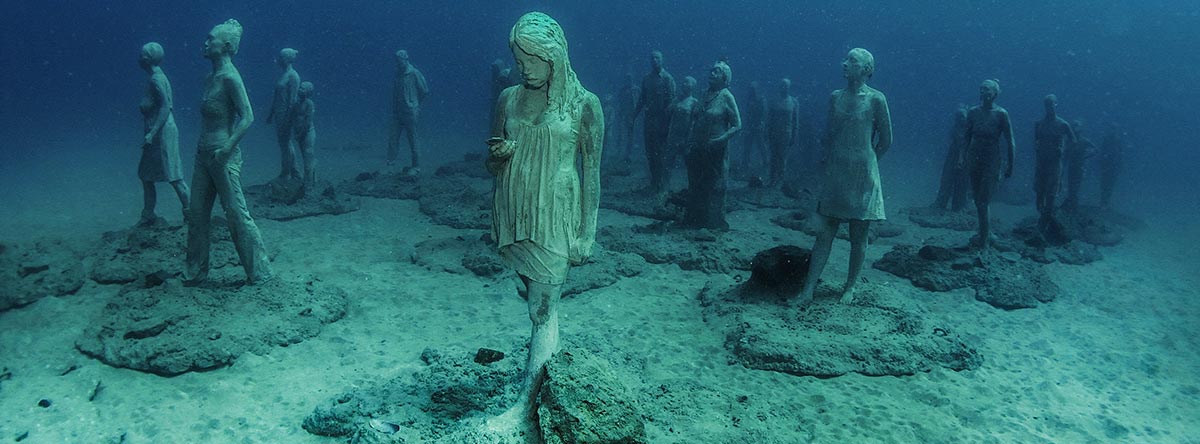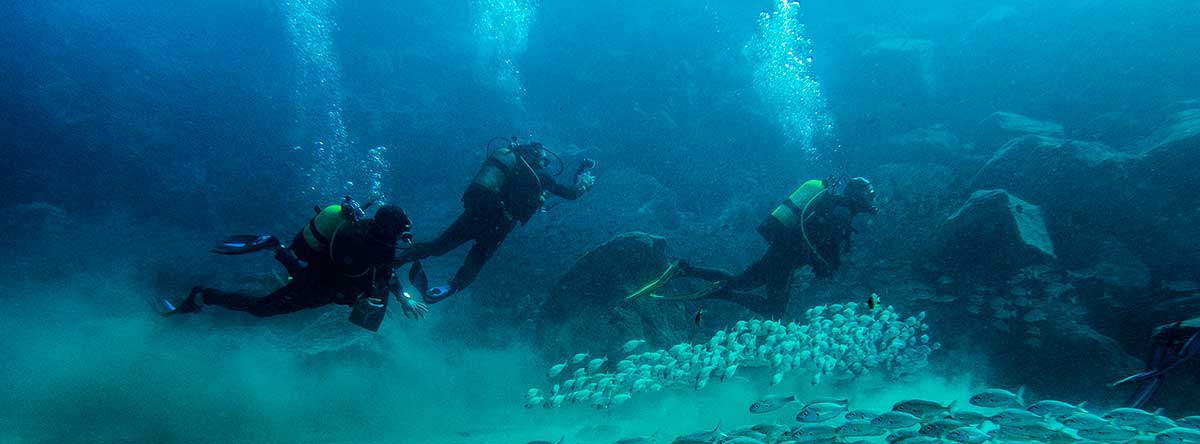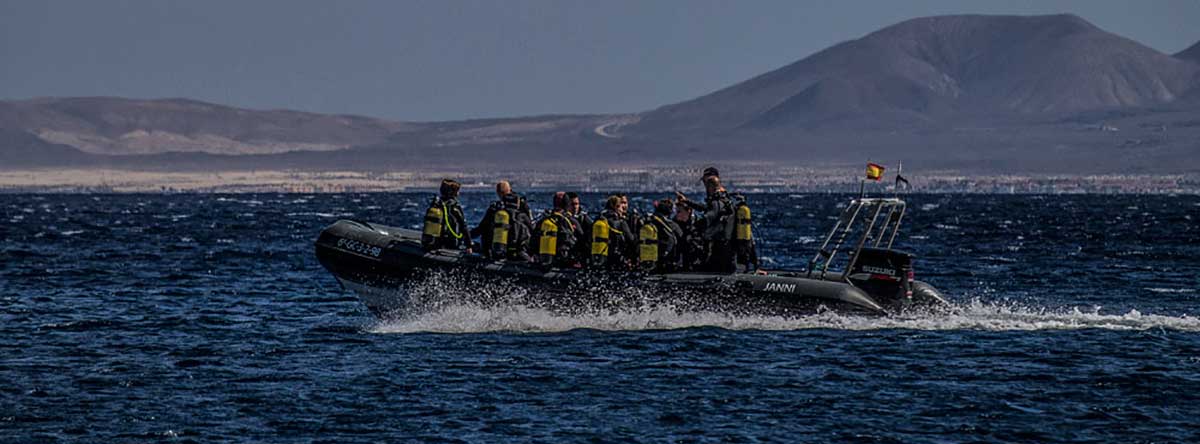When affluent consumers select a location for their second home they often base their decision on destination that can fulfill their dream of an ideal lifestyle. Luxury real estate professionals who work in tourist destinations should romanticize the vacation lifestyle in their marketing as a means of luring buyers to their marketplace from around the world.
One example is of a vacation destination that could make a great second home is the Canary Islands off the coast of Spain. Not only do the islands offers warmer temperatures during the winter months, but they also provide a vacation getaway for underwater adventurers.
One of the big attractions for divers and naturalists is taking a trip to Lanzarote, the easternmost island that is designated as a Unesco Biosphere Reserve. That means the area shows a strong historic connection between man and nature, and will be preserved in its natural state.
After building an underwater sculpture park off the West Coast of Granada which National Geographic rated one of the 25 Wonders of the World, Artist, Jason de Caires Taylor, British artist, naturalist and diver, had a vision to build an underwater museum right off the coast of Lanzarote. The walls and gateways were built with environmentally friendly concrete. These walls act as a natural reef to attract marine life. To date, they have seen a 200% increase in marine life.
Over 300 life-sized human sculptures built of the same bio friendly concrete have become reef homes to angel sharks, rays and sponges. The sculptures are meant to encourage sea life as well as illustrate the connection of human interaction with nature and marine life.
One of the notable sculptures is named “Disconnected”. It is a sculpture of a couple taking an underwater “selfie”. This is Taylor’s critical commentary on the effect of mass tourism on the environment.
If you are luxury real estate profession in a tourist destination romanticize the best attractions in your area. You will attract more buyers if you do.
All photos courtesy of The Museo Atlántico




